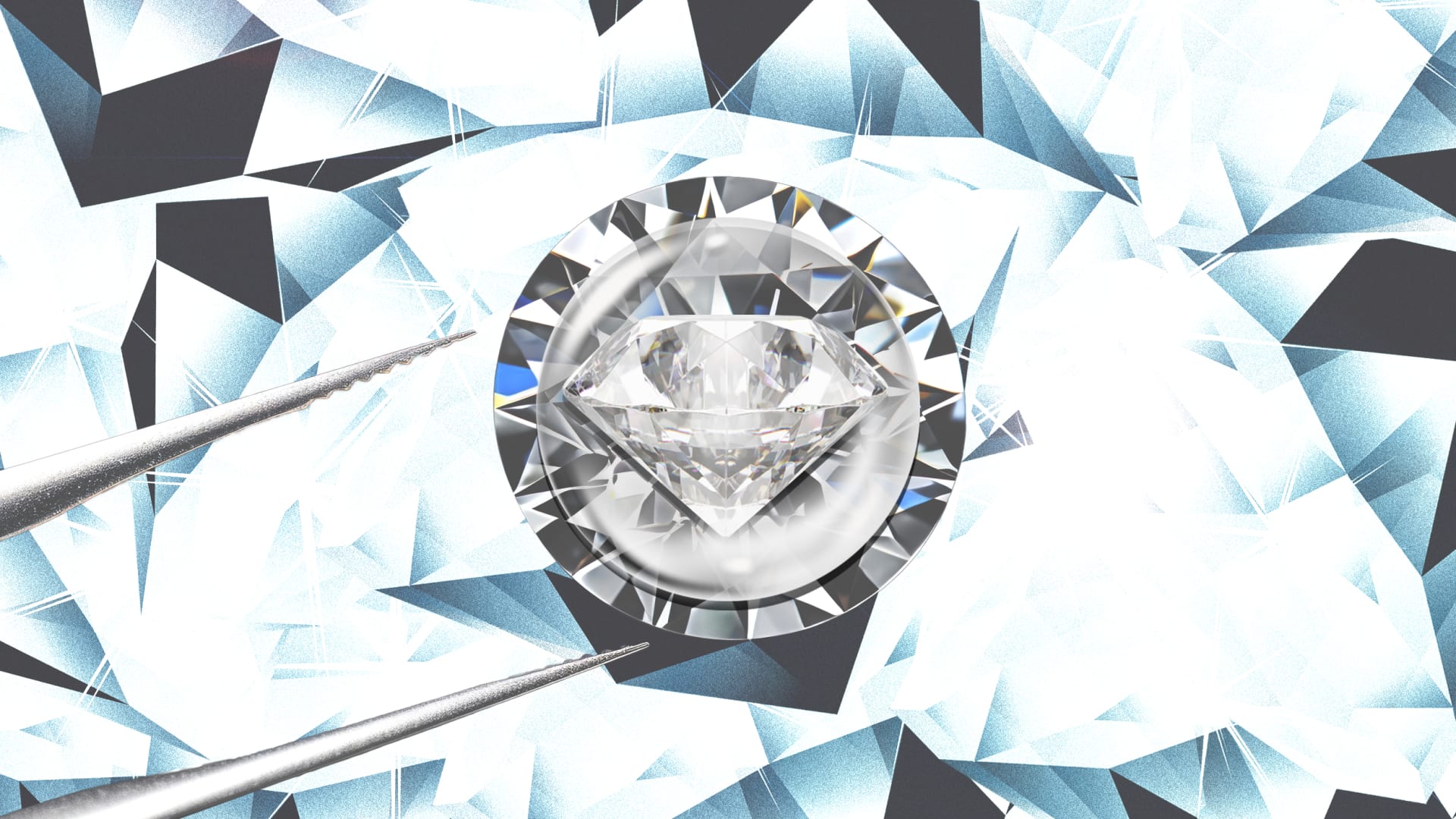How Lab-Grown Diamonds Are Changing the Jewelry Industry

The jewelry industry has long been synonymous with luxury, tradition, and natural resources. However, the emergence of lab-grown diamonds is revolutionizing this age-old market. These diamonds, created in laboratories using advanced technological processes, are chemically, physically, and optically identical to their mined counterparts. Despite being a relatively new entrant, lab grown diamonds are rapidly gaining popularity, challenging the status quo and reshaping consumer perceptions of value, sustainability, and quality in the jewelry world.
The Science Behind Lab-Grown Diamonds
Lab grown diamonds are produced using two primary methods: High-Pressure High-Temperature (HPHT) and Chemical Vapor Deposition (CVD). The HPHT method replicates the natural conditions under which diamonds are formed in the Earth’s mantle, subjecting a carbon seed to extreme pressure and temperature. In contrast, the CVD method involves placing a diamond seed in a chamber filled with carbon-rich gas and using microwave energy to break down the gas, allowing carbon atoms to bond layer by layer.
These processes result in diamonds that are virtually indistinguishable from mined ones. Advanced gemological tools are often required to differentiate between the two. This scientific breakthrough has enabled the production of high-quality diamonds at a fraction of the cost of natural stones, making them accessible to a broader audience.
Sustainability and Ethical Considerations
One of the most significant drivers of the popularity of lab grown diamonds is their perceived sustainability. Traditional diamond mining is associated with a range of environmental and ethical concerns, including habitat destruction, carbon emissions, and human rights abuses in some mining regions. Lab-grown diamonds, on the other hand, are produced with a significantly smaller environmental footprint and are free from the ethical dilemmas associated with “conflict diamonds.”
For eco-conscious and socially responsible consumers, lab-grown diamonds offer a compelling alternative. They align with the growing demand for transparency and sustainability in the luxury market. By choosing lab-grown diamonds, buyers can enjoy the beauty and prestige of diamond jewelry without compromising their values.
Affordability Without Compromise
Another key factor driving the rise of lab grown diamonds is their affordability. On average, lab-grown diamonds cost 30-40% less than mined diamonds of comparable size and quality. This price advantage is particularly appealing to younger consumers, such as Millennials and Gen Z, who value both quality and cost-effectiveness.
The lower price point does not equate to a compromise in quality. Lab-grown diamonds are graded by the same standards as natural diamonds, including the 4Cs: cut, color, clarity, and carat weight. As a result, consumers can purchase larger or higher-quality stones for their budget, making luxury more attainable.
Changing Consumer Perceptions
Traditionally, the allure of natural diamonds was tied to their rarity and the mystique of their geological origin. However, shifting consumer values are redefining what constitutes “luxury.” For many, the story of a diamond’s creation in a lab using cutting-edge technology is as fascinating and desirable as its natural origin. Furthermore, the knowledge that a diamond was ethically and sustainably sourced adds to its appeal.
Celebrities and influencers have also played a significant role in boosting the visibility and desirability of lab grown diamonds. High-profile endorsements and red-carpet appearances featuring lab-grown diamond jewelry have helped normalize and glamorize these stones, further influencing consumer preferences.
The Impact on the Jewelry Industry
The rise of lab grown diamonds is forcing the traditional jewelry industry to adapt. Major retailers and luxury brands are increasingly incorporating lab-grown diamonds into their collections to cater to the growing demand. This shift has also led to more competition and innovation within the market, as companies strive to differentiate their offerings and attract a younger, more environmentally conscious demographic.
While the natural diamond industry initially resisted lab-grown diamonds, it is now acknowledging their place in the market. Some companies are diversifying their portfolios to include both mined and lab-grown diamonds, emphasizing the choice available to consumers.
Challenges and Future Prospects
Despite their advantages, lab grown diamonds face challenges. One of the primary concerns is consumer education. Many buyers are still unaware of the differences and similarities between lab-grown and mined diamonds. Clear communication and transparency from retailers are crucial to addressing this gap.
Additionally, the perception of value remains a topic of debate. Some traditionalists argue that natural diamonds hold a timeless appeal that lab-grown diamonds cannot replicate. However, as younger generations prioritize sustainability and affordability, the demand for lab-grown diamonds is expected to grow.
Looking ahead, the future of lab grown diamonds appears promising. Advances in technology are likely to further reduce production costs and enhance quality, making these gems even more competitive. As awareness and acceptance continue to increase, lab-grown diamonds could redefine the jewelry industry’s landscape, offering a sustainable and ethical alternative to traditional options.
Conclusion
Lab grown diamonds are undoubtedly changing the jewelry industry in profound ways. They address many of the ethical, environmental, and financial concerns associated with mined diamonds, offering a modern alternative that resonates with today’s consumers. By combining science, sustainability, and style, lab-grown diamonds are not just a trend but a transformative force shaping the future of luxury. As the market continues to evolve, these sparkling innovations may well become the new standard of brilliance.
